Alphabet Recognition Normal Worksheets for Ages 8-9
19 filtered results
-
From - To
Our "Alphabet Recognition Normal Worksheets for Ages 8-9" at Kids Academy enhance your child's foundational literacy skills with engaging activities tailored to their age group. These worksheets focus on building accuracy in identifying and writing both uppercase and lowercase letters. Designed specifically for 8-9-year-olds, the exercises encourage practice and mastery of the alphabet through fun yet challenging tasks, ensuring improved reading and writing efficiency. Perfect for both classroom and home use, our worksheets boost confidence and proficiency in alphabet recognition, paving the way for academic success. Unlock your child’s full potential with our expertly crafted resources!
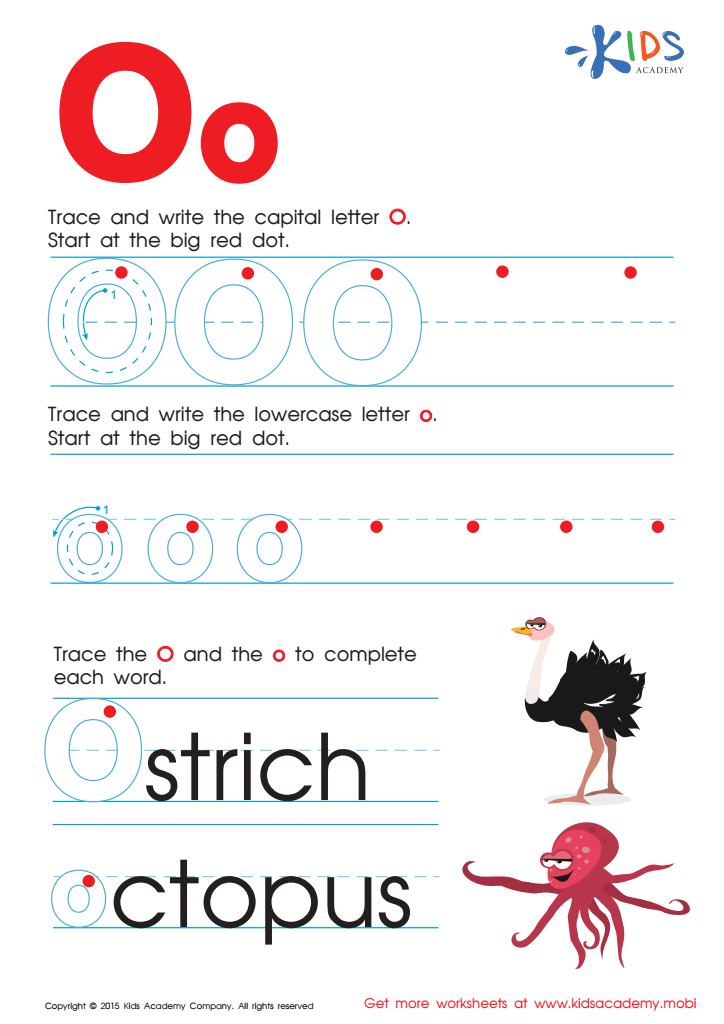

Letter O Tracing Page
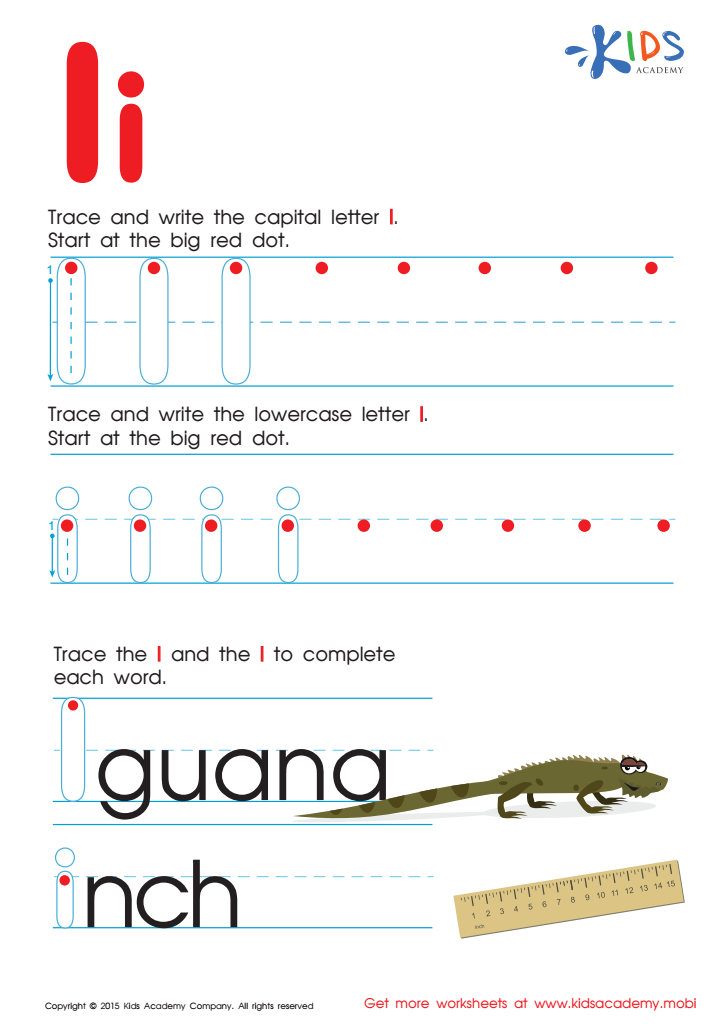

Letter I Tracing Page
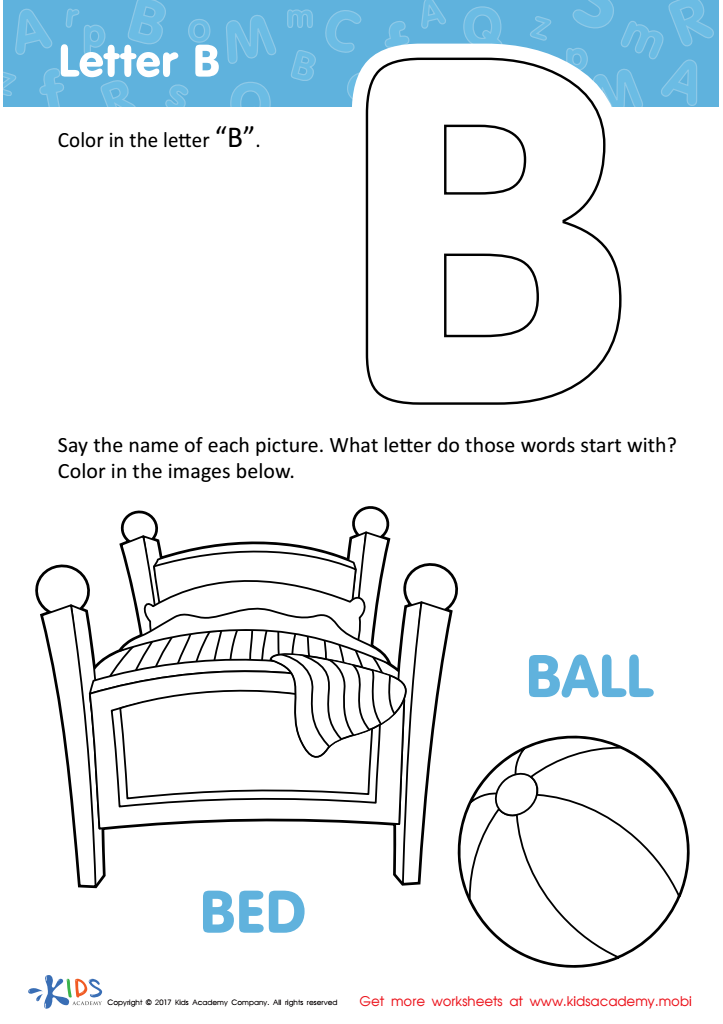

Letter B Coloring Sheet
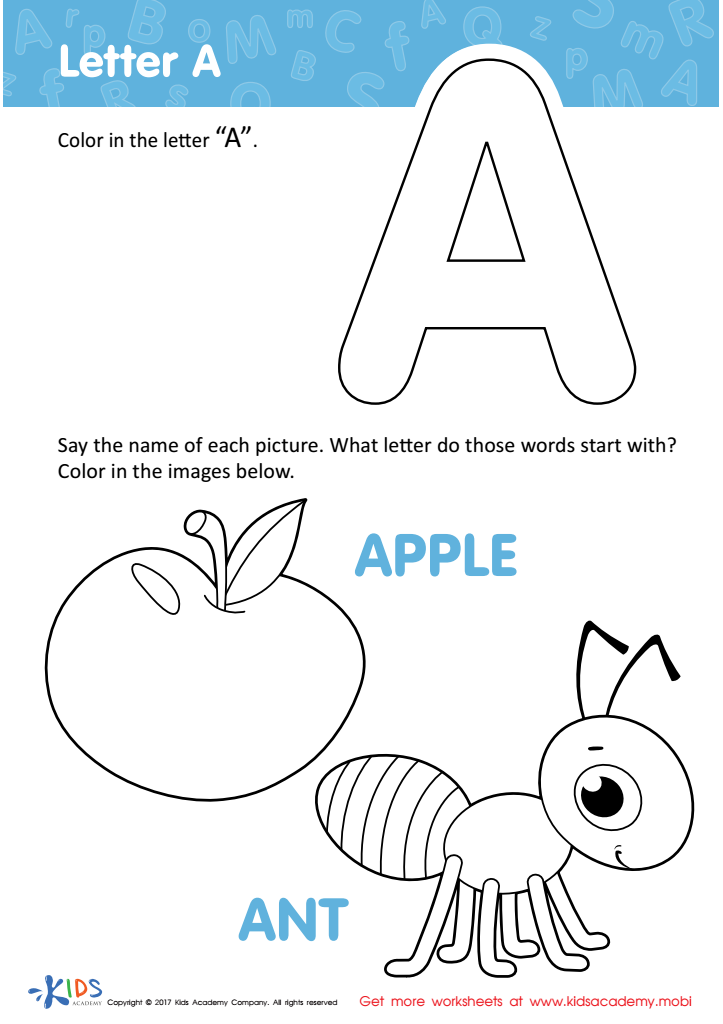

Letter A Coloring Sheet


Letter M Coloring Sheet
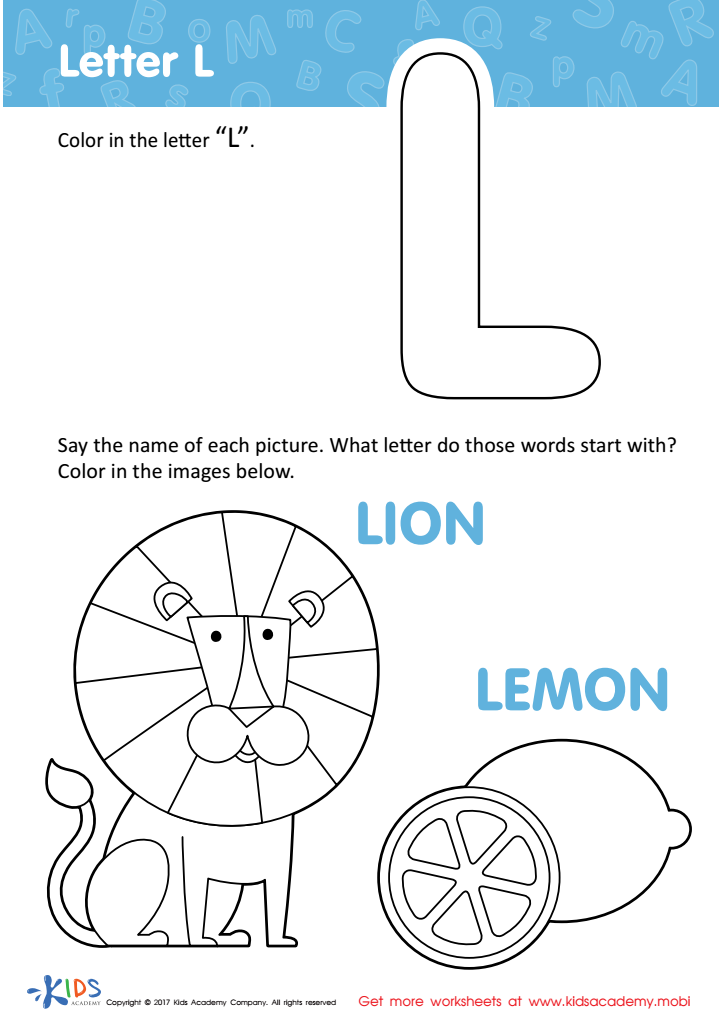

Letter L Coloring Sheet
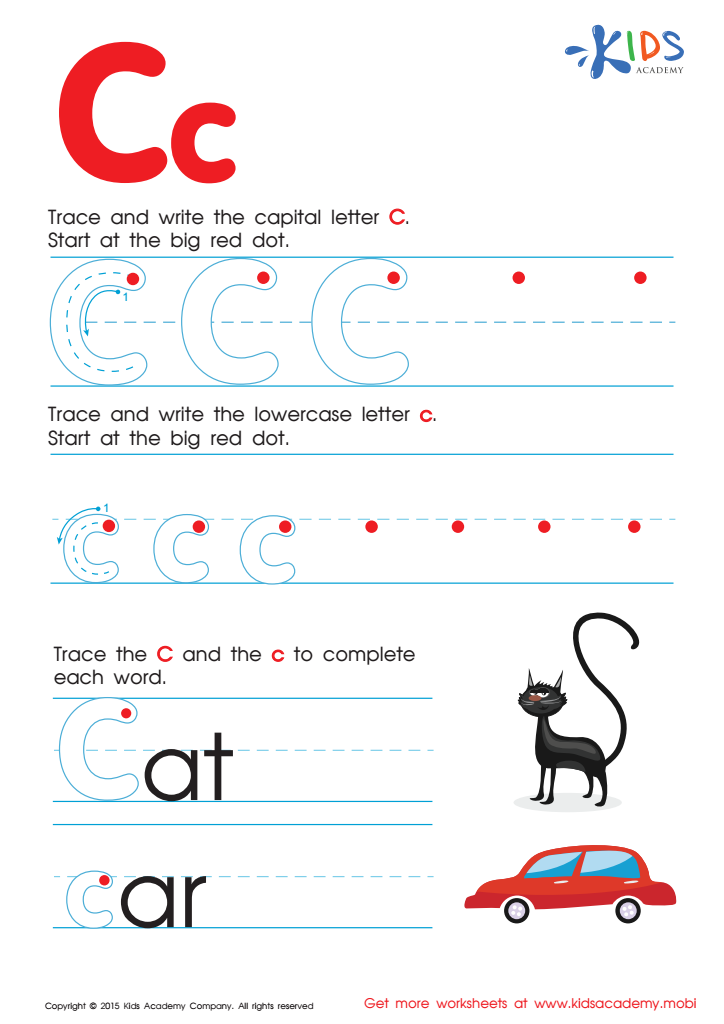

Letter C Tracing Page
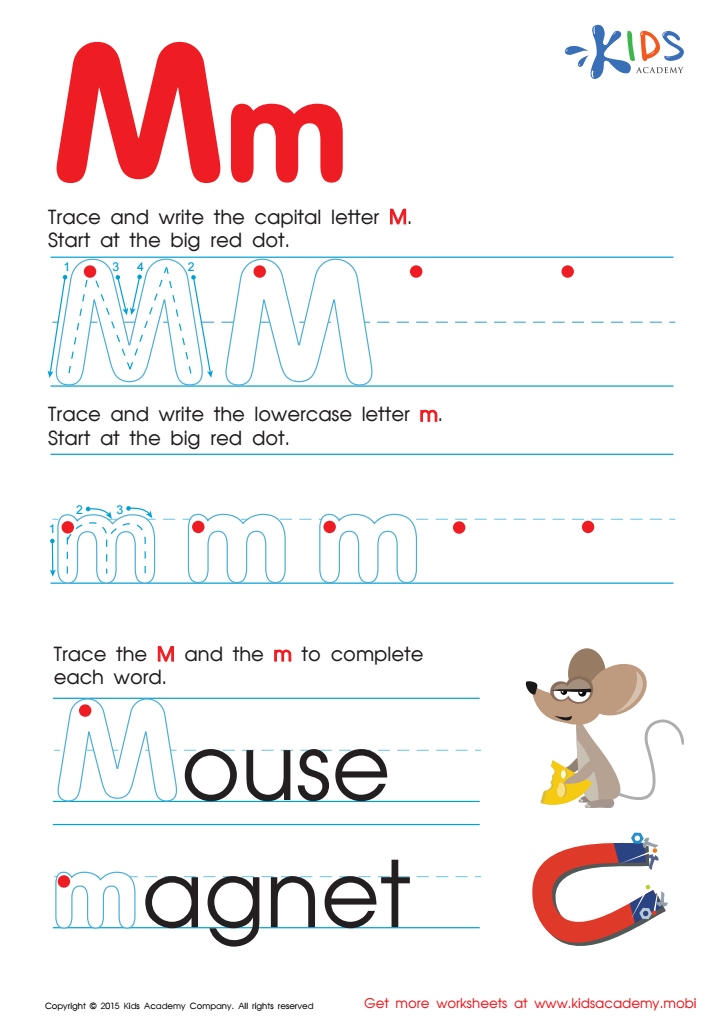

Letter M Tracing Page
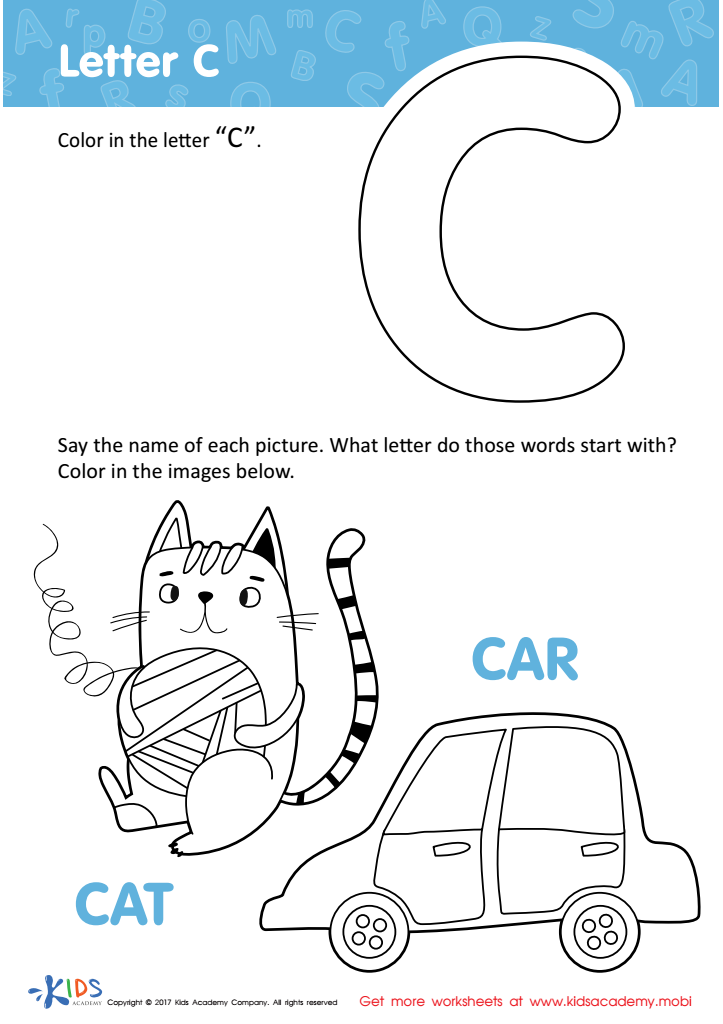

Letter C Coloring Sheet
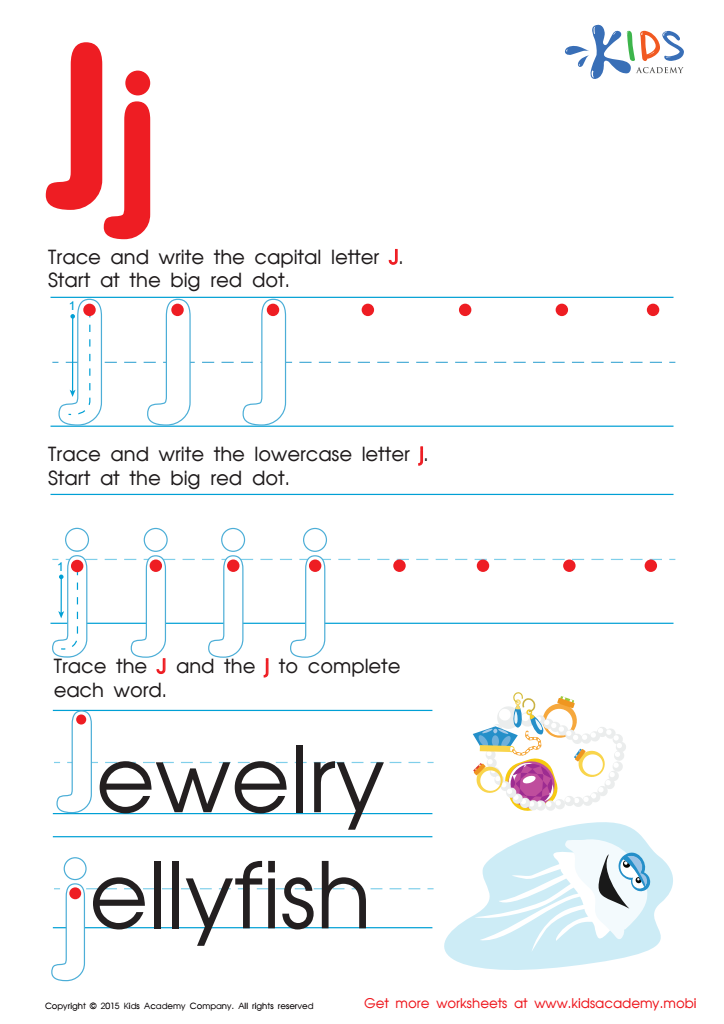

Letter J Tracing Page


Letter D Coloring Sheet
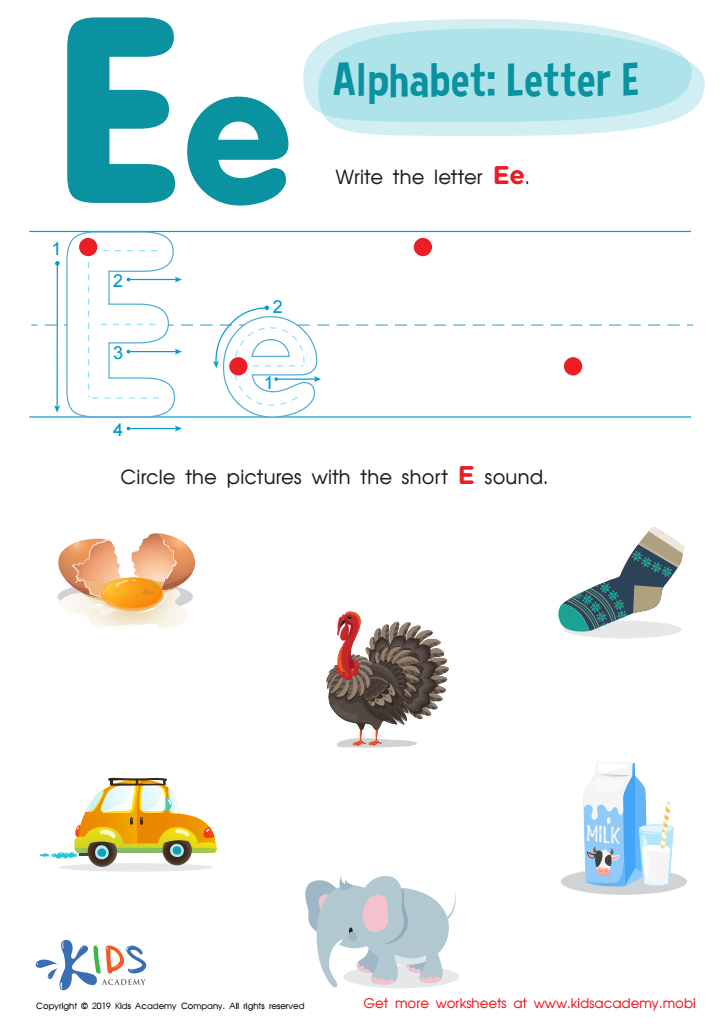

Letter E Tracing Worksheet
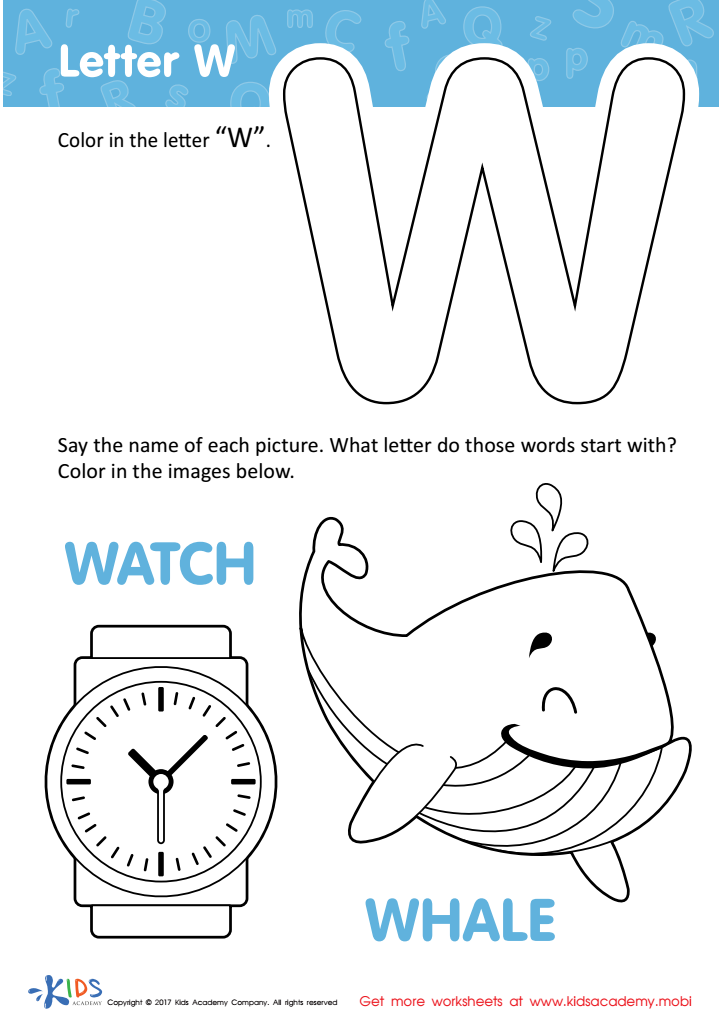

Letter W Coloring Sheet
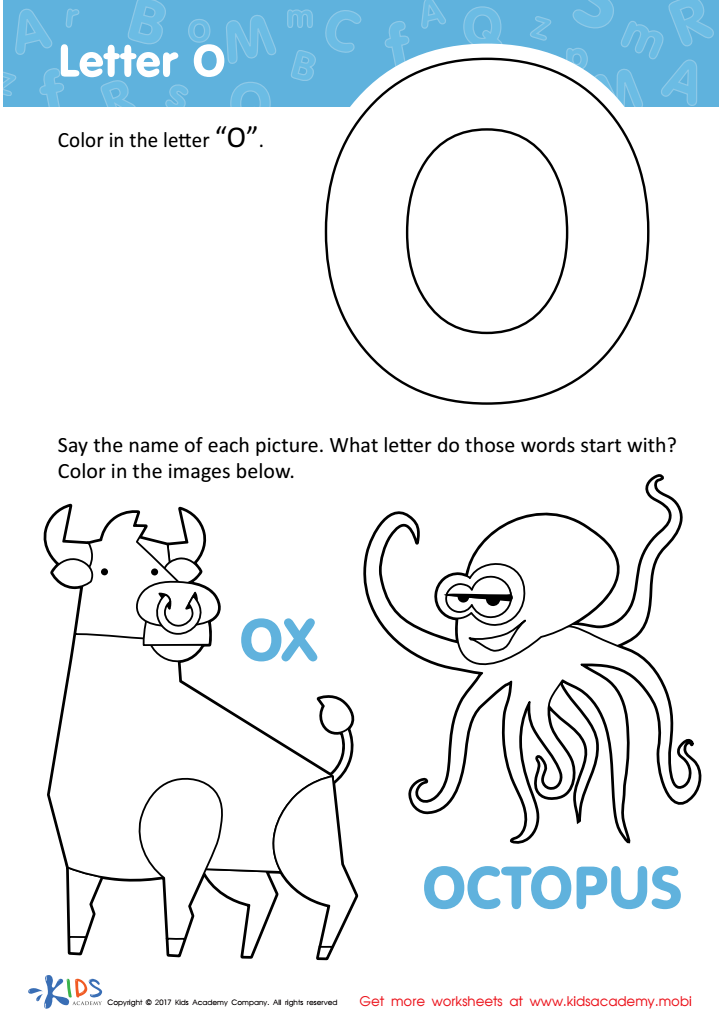

Letter O Coloring Sheet
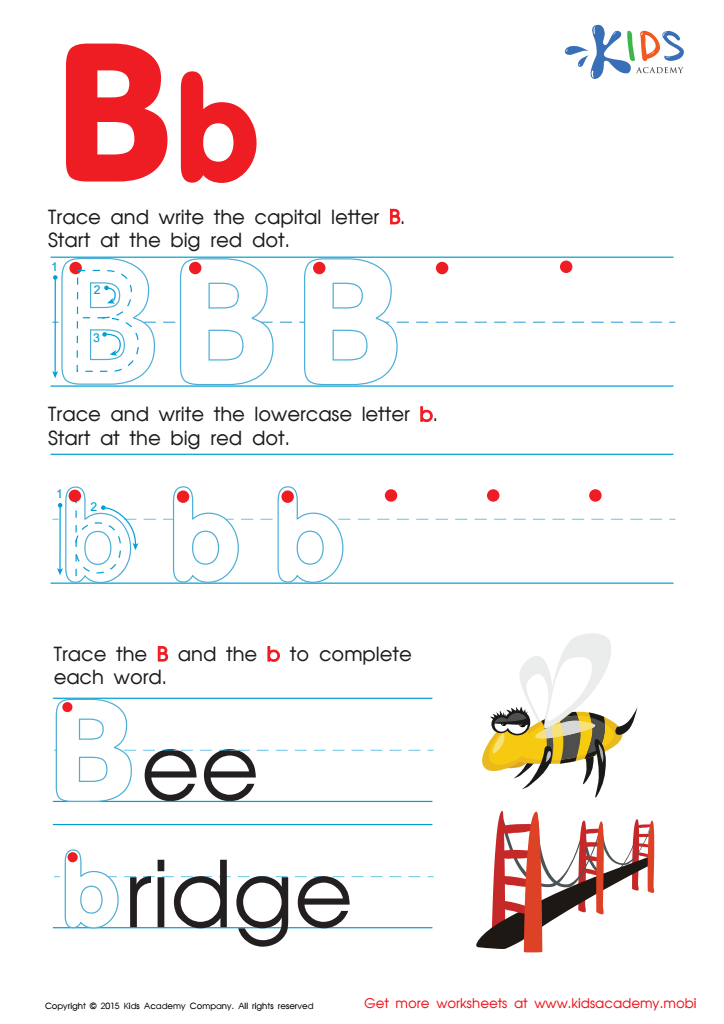

Letter B Tracing Page
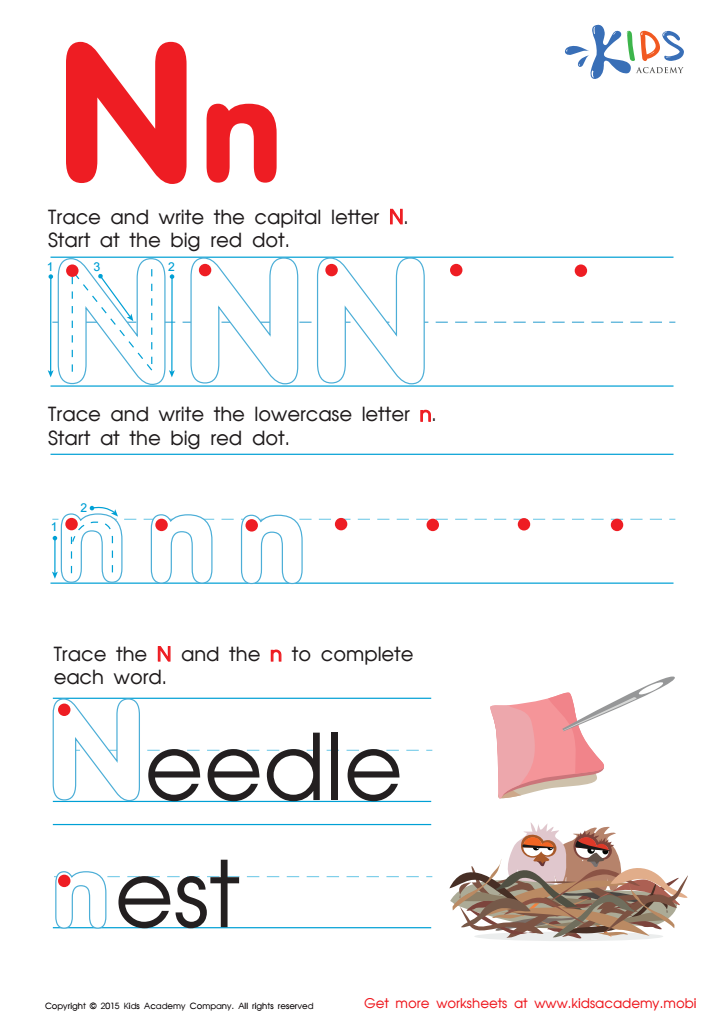

Letter N Tracing Page
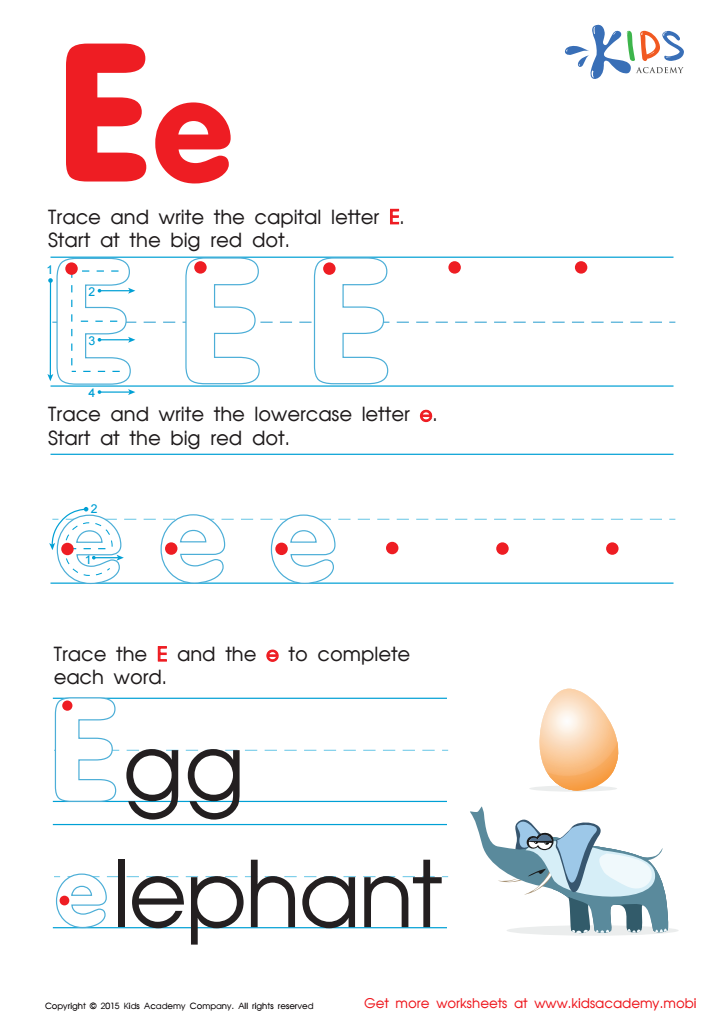

Letter E Tracing Page


Letter H Coloring Sheet
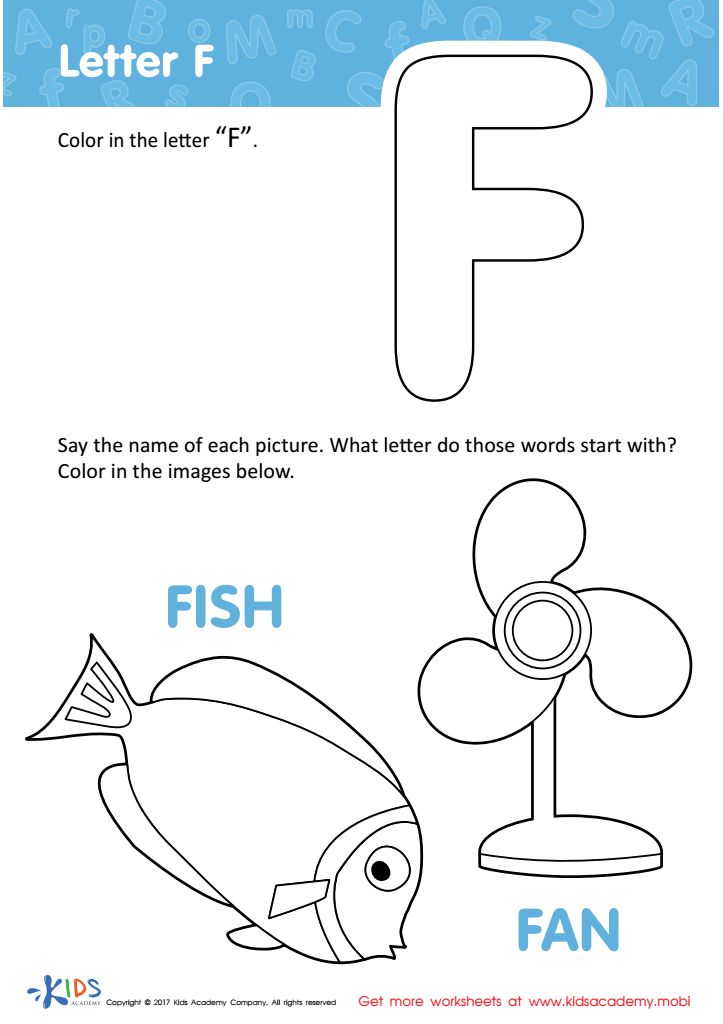

Letter F Coloring Sheet
Alphabet recognition is a fundamental skill that sets the groundwork for literacy, and for children aged 8-9, achieving proficiency in this area is crucial for several reasons. By this age, kids are expected to move beyond basic letter identification to more complex literacy tasks like reading fluently, comprehending texts, and writing cohesively. Mastery of alphabet recognition ensures they have a solid foundation to tackle these advanced skills seamlessly.
For parents and teachers, understanding and supporting alphabet recognition is essential because it directly impacts a child's academic success. When children struggle with recognizing letters, it not only hampers their reading ability but also affects their self-esteem and willingness to engage in classroom activities. Early intervention by reinforcing these skills can prevent possible learning delays and foster a positive attitude towards reading and learning.
Moreover, alphabet recognition is interconnected with other cognitive skills, like memory, phonemic awareness, and visual processing. Strong alphabet skills enhance these areas, contributing to overall cognitive development. For teachers, a classroom of students with firm alphabet knowledge makes it easier to introduce and build upon more complex academic concepts like grammar and subject comprehension.
In summary, supporting alphabet recognition in children aged 8-9 is integral for their literacy development, academic achievement, and overall cognitive growth, enabling smoother progression into more complex learning stages.
 Assign to My Students
Assign to My Students





.jpg)









